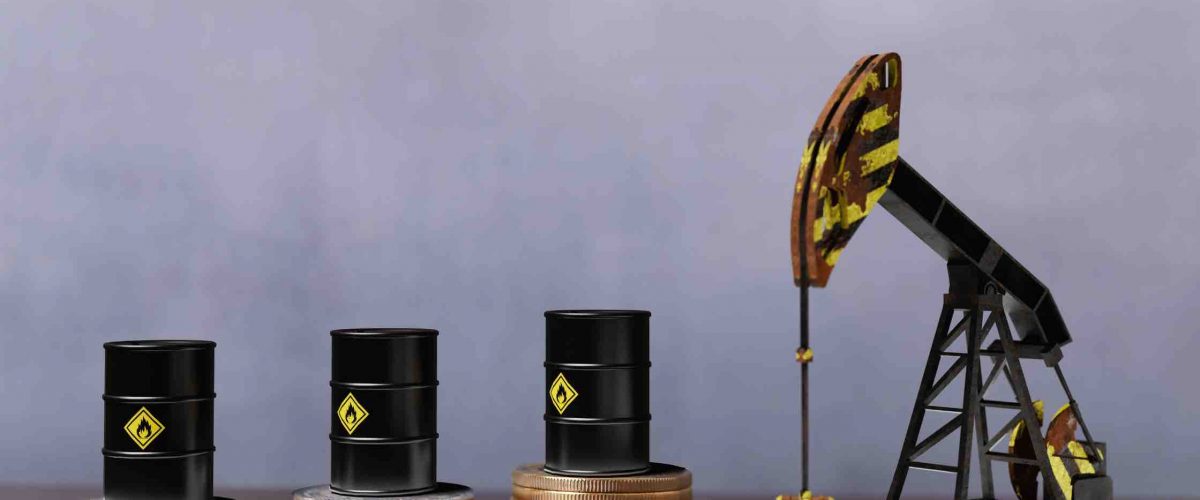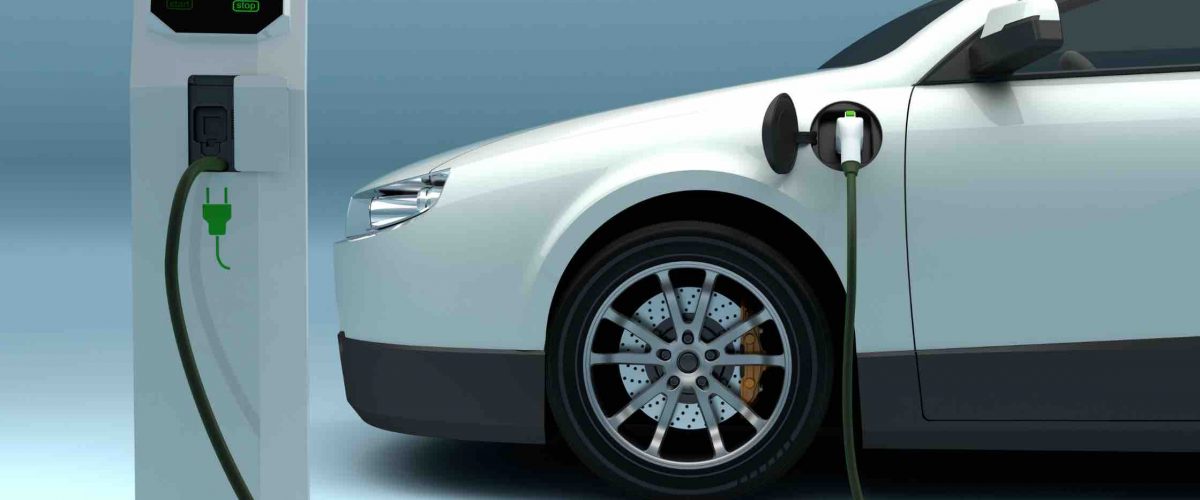Oil rigs, also known as drilling rigs, are complex structures designed for the exploration and extraction of oil and natural gas from beneath the Earth’s surface.
Here are the key components of an oil rig and their roles in the rig’s structure and operations:
1. Derrick: The derrick is the towering structure that supports the drilling equipment and provides a framework for raising and lowering the drill string and other components. It typically consists of a vertical tower made of steel or lattice truss, with a crown block at the top for supporting the drilling line.
2. Drill Floor: The drill floor is the main working area of the rig, where drilling operations take place. It is located at the base of the derrick and provides space for assembling and disassembling the drill string, handling drilling tools and equipment, and conducting maintenance tasks.
3. Mud Pumps: Mud pumps are used to circulate drilling mud, a mixture of water, clay, and chemicals, through the drill string and up the wellbore to the surface. This process helps to lubricate the drill bit, remove cuttings from the wellbore, and maintain pressure to prevent blowouts.
4. Rotary Table: The rotary table is a rotating platform located on the drill floor that provides the mechanical power to turn the drill string and bit. It is driven by the rotary drive system and is used to control the speed and direction of drilling operations.
5. Drill String: The drill string is a series of connected pipes, drill collars, and other tools that extend from the surface down into the wellbore. It includes the drill bit at the bottom, which is used to penetrate the rock formations and create the wellbore.
6. Top Drive System: Some modern drilling rigs are equipped with a top drive system, which replaces the rotary table and provides a more efficient means of rotating the drill string. The top drive system is located on the derrick and allows for continuous drilling operations without the need to stop and make manual connections.
7. Blowout Preventer (BOP) Stack: The blowout preventer stack is a critical safety device that is installed at the top of the wellbore to prevent the uncontrolled release of oil or gas (blowout) during drilling operations. It consists of multiple valves and rams that can be activated to seal off the wellbore in the event of an emergency.
8. Mud Circulation System: The mud circulation system includes pumps, tanks, and piping that are used to circulate drilling mud from the surface down into the wellbore and back up again. It also includes equipment for controlling the properties of the mud, such as density, viscosity, and pH, to optimize drilling performance.
9. Substructure: The substructure is the foundation of the rig, providing support for the derrick and other components. It is typically constructed of steel beams or trusses and is designed to withstand the weight and forces associated with drilling operations.
10. Power Generation and Control Systems: Oil rigs are equipped with power generation units, such as diesel engines or gas turbines, to provide electricity for operating equipment and systems on the rig. They also feature control systems and instrumentation for monitoring and controlling drilling parameters, such as weight on bit, rotary speed, and mud flow rate.
These are some of the key components of oil rigs and their roles in the structure and operations of drilling operations. Each component plays a vital role in the safe and efficient exploration and extraction of oil and gas resources from beneath the Earth’s surface.
Read more on Sparkview Energy:
Challenges and Opportunities in Arctic Oil Exploration



